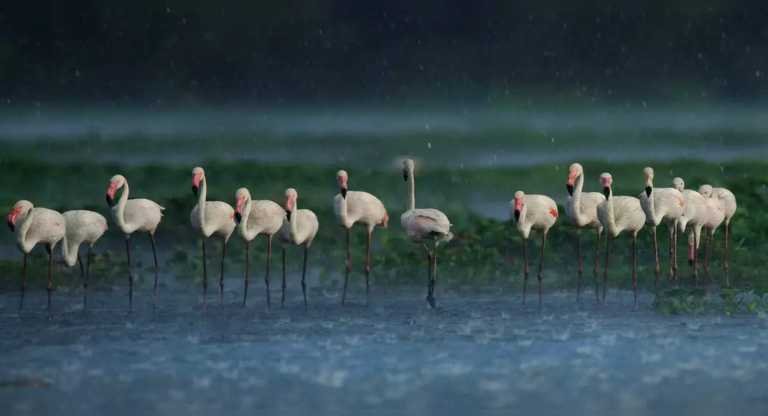
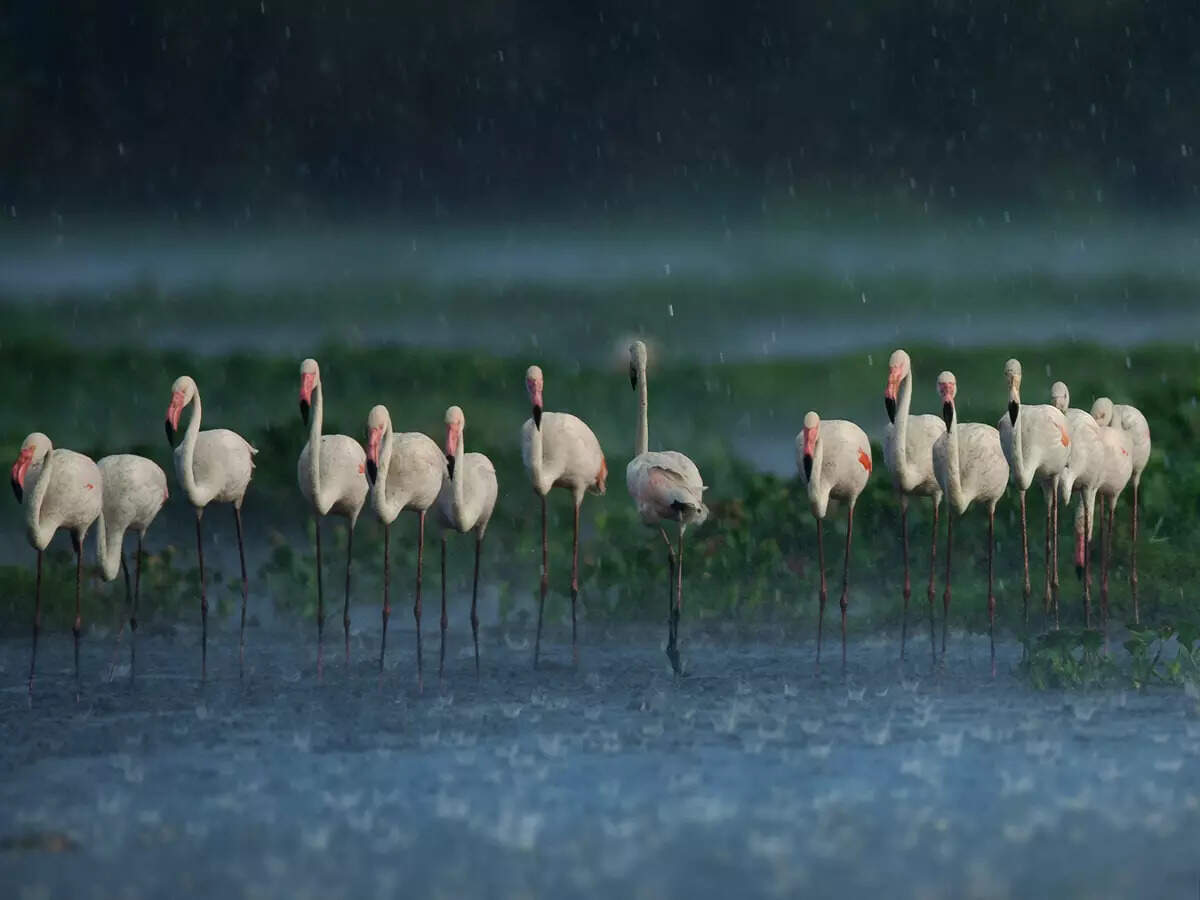
For somebody who just isn’t a birding fanatic, will probably be a bit robust to think about a metropolis like Delhi as a birding hotspot. Town is encased in concrete and there’s that everlasting fixture within the air – the smog. However even with all these items and extra, town and the encompassing areas are holding on to nature. The connection between Delhi and nature hangs by a thread, and a extremely skinny one at that.
Additionally learn: Understanding nature-based tourism and how you can be an environmental vacationer?
In a metropolis of greater than 18 million, it’s nothing in need of a marvel to discover a first rate open area with greenery. And consider you me, once you discover such a spot, you too will wish to maintain on to that for so long as you may. That is precisely how chook lovers really feel about Delhi.
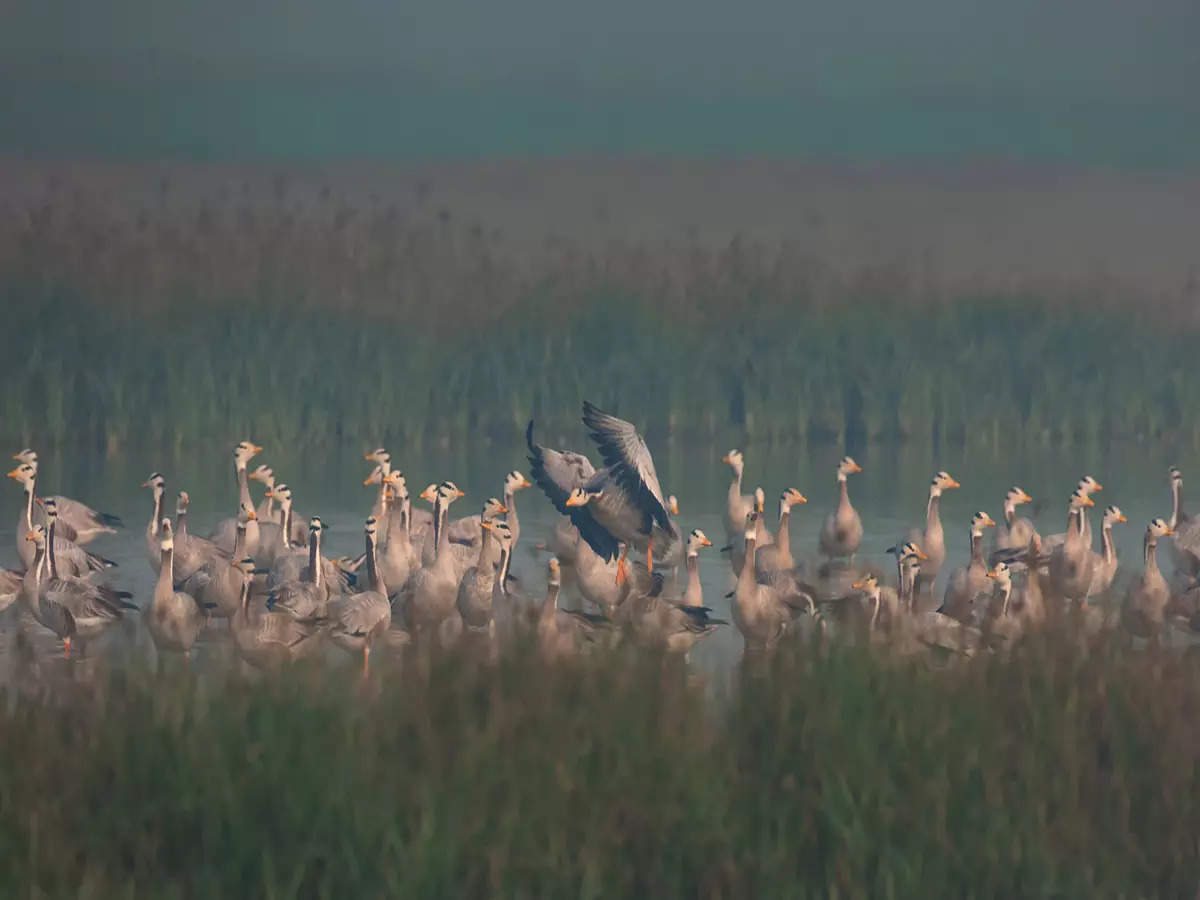
Delhi is way from mountains or seashores, it’s a land-locked place, and the climate is excessive at greatest. Different locations have tigers and different thrilling wildlife; Delhi at greatest has the occasional leopard that’s misplaced its manner or nilgai that has wandered off the forest and is now in some gated locality. The place town lacks in larger beasts, it sees a outstanding birdlife. And that’s as a result of Delhi and NCR fall immediately within the migration path of birds which can be looking out for hotter wintering grounds.
Come winter (finish of October), lots of of 1000’s of birds begin to fly in, all the best way from the Northern Hemisphere to the Indian sub-continent. Because the winter situation begins to get harsh up there within the North, the birds migrate to a hotter habitat on the lookout for meals supply and to breed and lift their younger. And lo and behold, Delhi finds itself proper in the course of all of it. Name it their inner organic clock or simply being creatures of behavior, birds take the identical route yearly.
This winter, go searching fastidiously. You probably have water our bodies like lakes, large ponds, drains, and river retailers round you, look just a bit bit nearer than normal. You’ll discover birds which can be NOT pigeons and crows. A whole lot of them are water birds, each large and small. From the far reaches of Siberia to the highlands of Tibet, these birds fly nice distances. The pure water our bodies in and round Delhi are nice locations to see these water birds.
Feathered mates and the place to search out them
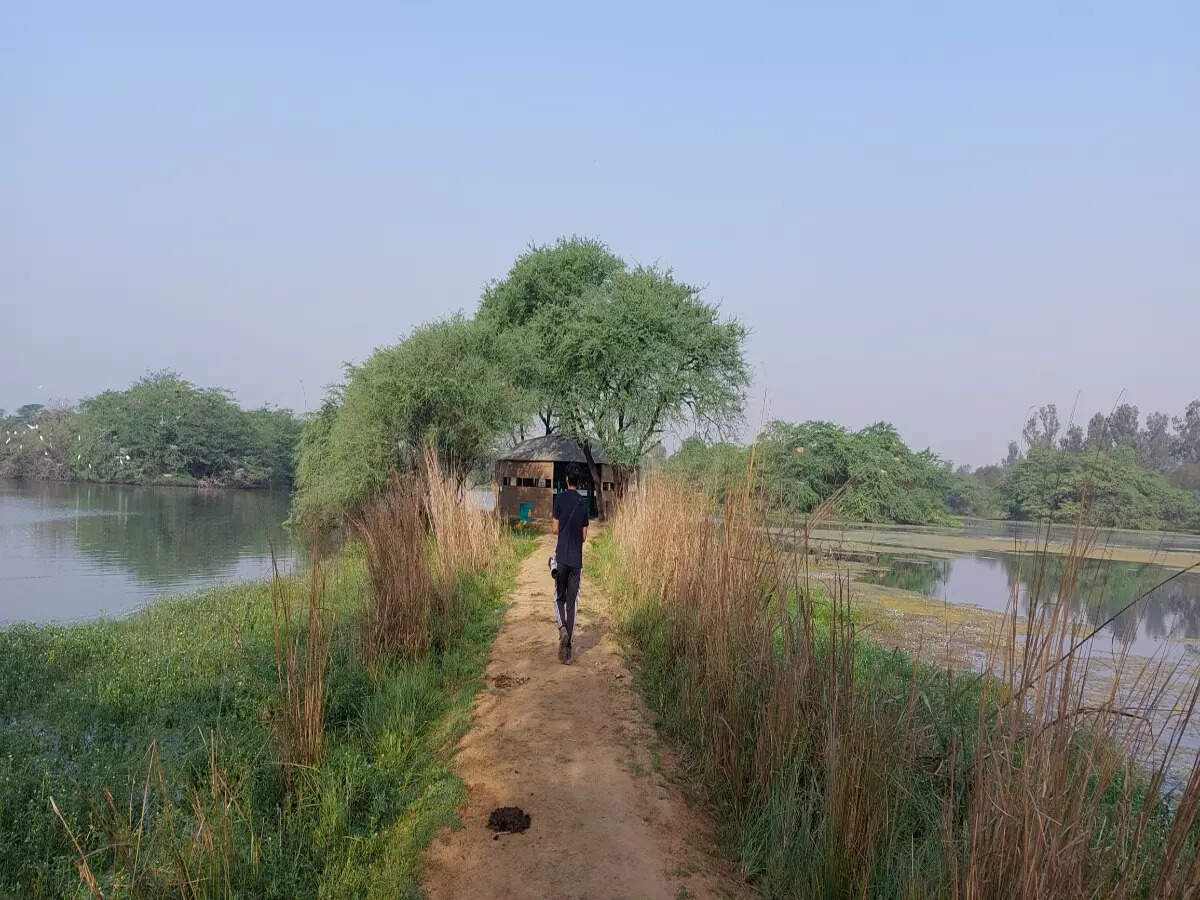
The water birds are little question the celebrities of the winter migration in Delhi and NCR area. All the best way from locations like Siberia and Russia, come the shorebirds. They’re the waders, geese, geese, and extra. Yearly like clockwork, they make the water our bodies in and across the metropolis their house for the winter. Okhla Hen Sanctuary, Yamuna Biodiversity Park, Asola Bhatti, Surajpur (Noida), Sultanpur (Gurugram), Najafgarh, Chandu Budhera, Jhanjrola Khera, Mangar, and Aravali Biodiversity Park to call a number of.
In Delhi and NCR there are only a few pockets of agricultural land, and connected to them you’ll discover pockets of forested areas. These woodland and agricultural areas are among the greatest locations to see different kinds of winter migrants – the woodland birds. These small and brightly colored woodland birds are among the strongest fliers. The bluethroat, a migrant from the Palearctic Area is an effective instance of a powerful flyer.
Folks and their birds
“As somebody whose work entails frequent visits to the Delhi-NCR area, the chance to squeeze in a path or two is at all times not far away. From the parks and nurseries in Delhi to the wetlands round NCR, there may be by no means a uninteresting second for a birder right here. Statistically talking the variety of chook sightings I’ve documented within the Delhi-NCR area is second solely to my house state. Mendacity on the migratory path of birds travelling south from the mountains, Delhi gives a possibility to sight uncommon birds that go by way of town at particular occasions of the yr. Generally I attempt to align my work journeys with these sightings, making me marvel who precisely is the passage migrant to town”, says Ranjeet Rane, a Pune-based Public Coverage skilled.
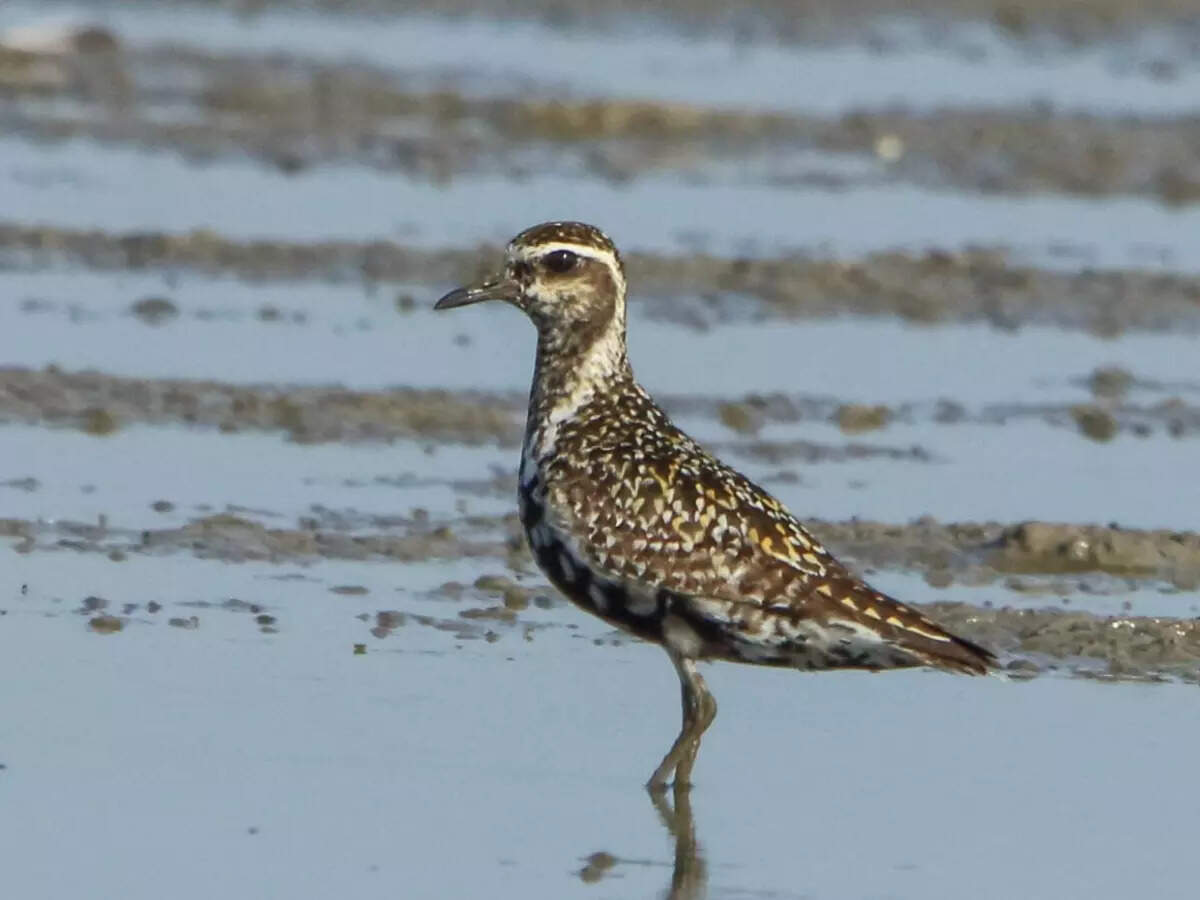
A birder from Gurgaon, Arun Kamath says “there are numerous unexplored spots in NCR aside from the hotspots the place many rarities are noticed. It is at all times a problem and pleasure to discover them with mates, and when an important uncommon customer is noticed, it’s price all of the hardwork.” On weekdays, Arun works with a prime Logistics MNC in Gurgaon, and on weekends, he’s out of his house by 5:30 AM, to locations like Bhondsi, Mangar and Chandu. One such journey gave him the uncommon winter customer, the Pacific golden plover. The fervour!
To accommodate avid birders from everywhere in the nation, a gaggle of like-minded birders, again in 2020, created a platform on Twitter – IndiAves. Ever since its inception, IndiAves has managed to create a platform for wholesome dialogue on not simply birds, but additionally different natural world, and most significantly, the setting or what’s left of it. “IndiAves got here into existence with an goal of offering a platform for avid birders, chook and nature photographers, and novices to share their pictures, tales and statement of nature. Its genesis was in the course of the COVID-19 pandemic. It has helped join quite a lot of chook lovers throughout the nation and past. In truth, the most recent occasion is the IndiAvesWeek devoted to the Birdman of India, Dr Salim Ali , the place IndiAvers are inspired to type groups and exit within the discipline to chook, observe, rely and report it on IndiAves platform on Twitter”, says Rakesh Dhareshwar, one of many founding members of IndiAves.
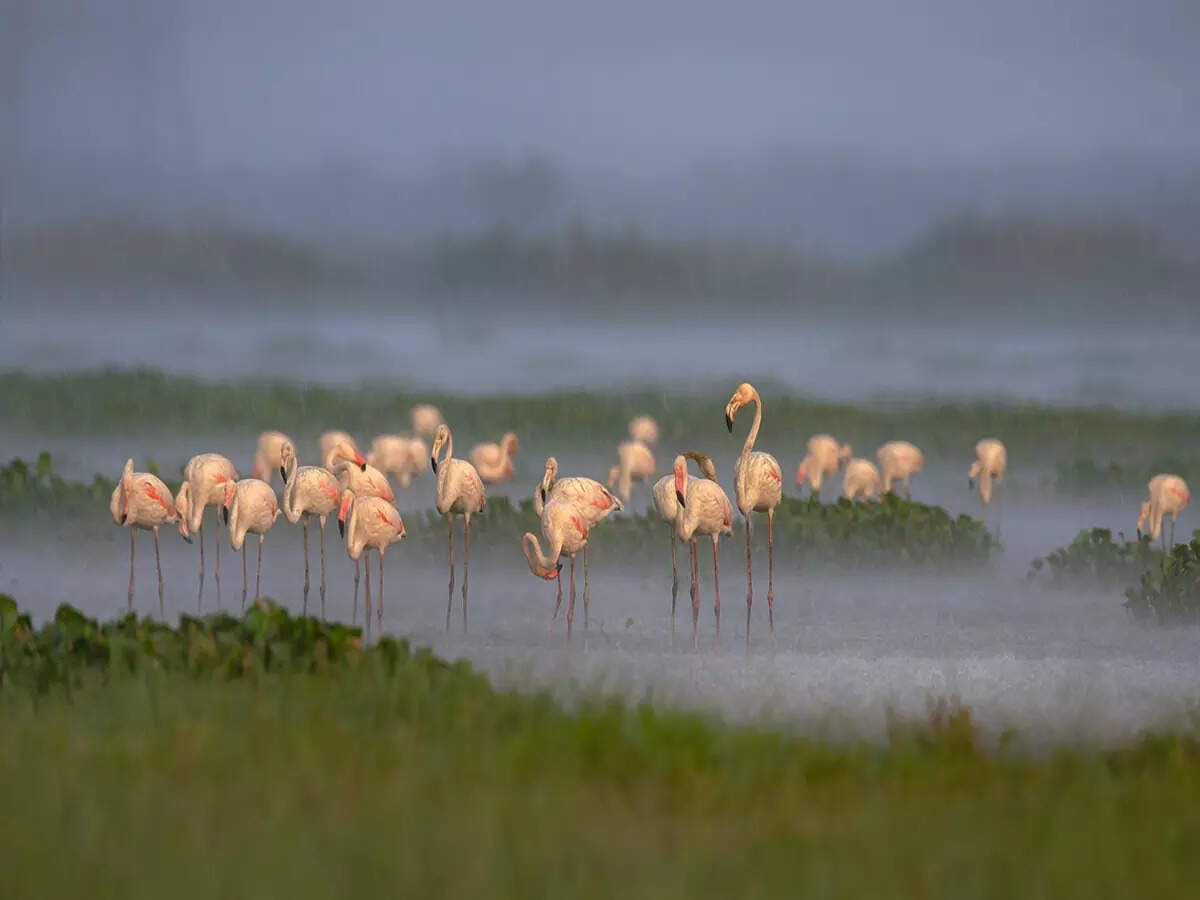
Up to now, IndiAves has run themes like Wetlands, PlasticPoison, BirdsWithFood, to call a number of. These themes permit folks to submit their observations on birds, their meals supply, how plastic air pollution is affecting them, and most significantly, their habitat. With these little nuggets of knowledge, a typical man learns in regards to the significance of habitat and nature conservation. These winged-visitors deserve a house, don’t they?
Once we speak about habitats, probably the most essential chook habitats in Delhi and NCR is the Yamuna Khadar. And all of us have heard tales in regards to the good outdated Yamuna river. “Save Yamuna Save Braj” involves thoughts. Sunil Kumar, one of many prime birders in Delhi, is a Yamuna Khadar knowledgeable in relation to birds. From including most chook sightings from Yamuna Khadar on the worldwide platform eBird to creating headlines a number of years in the past on recognizing the tremendous uncommon desert chook Stoliczka’s Bushchat for the very first time in Delhi, Sunil Kumar has finished all of it. When requested about his views on birding in Yamuna Khadar area, he shared, “It’s not nearly birding, Delhi’s well-being as an entire will depend on how we deal with Yamuna River. The river Yamuna and its floodplains are the one hope or lifeline Delhi has.” Factors to ponder.
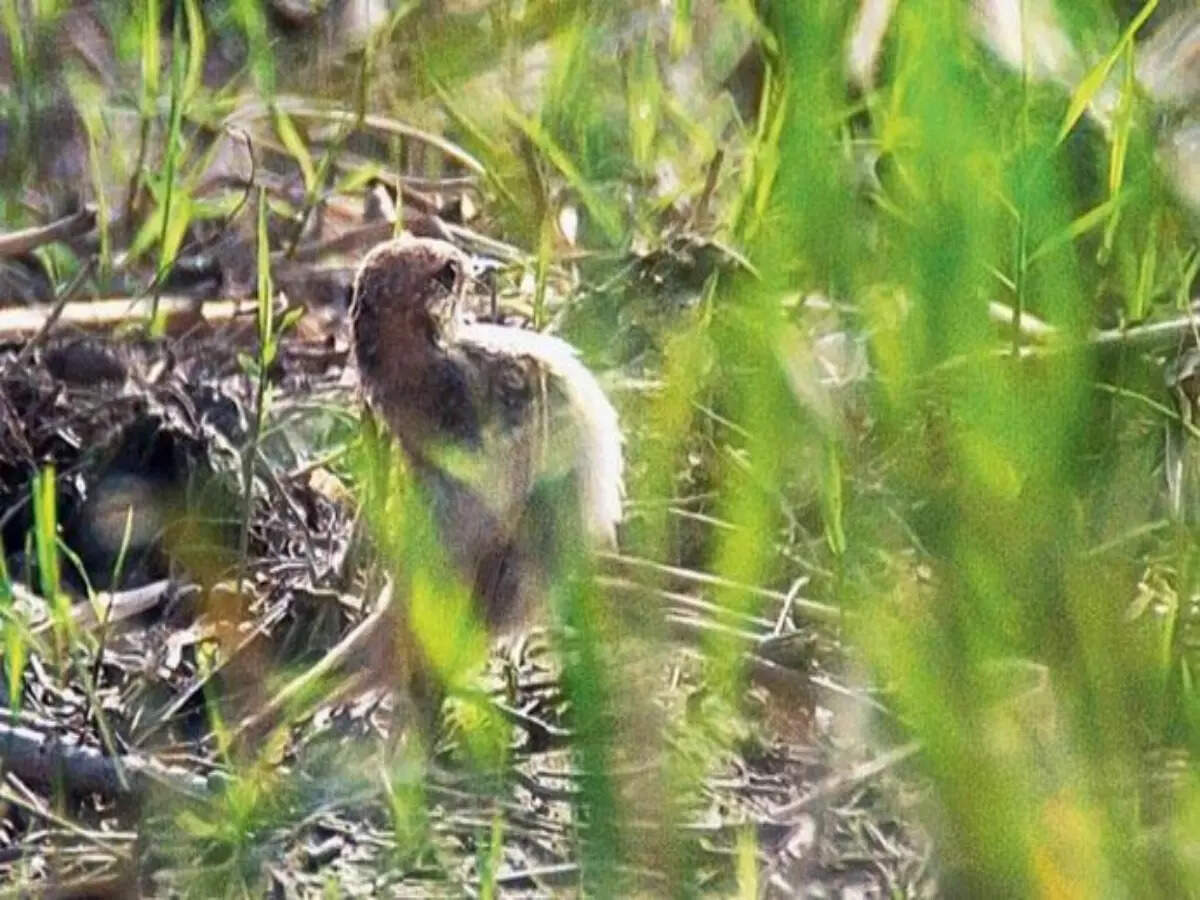
I’ve gone birding with Sunil Kumar up to now. From chilly winter mornings with rain-shower to scorching summer time’s solar, simply to search for a uncommon customer or two. In our birding journeys, now we have come throughout unlawful sand mining to mountains of metropolis’s refuse.
Similar to us, there are numerous birding lovers who’re prepared to journey far and huge, from wading in knee-deep drains to try to stroll soundlessly in woodlands (and failing) simply to identify a rarity. Even when it’s only a glimpse. How fortunate we’re to have Delhi and NCR on our facet?
- Is Delhi place for winter birding?
Sure, since Delhi falls immediately within the migration route, it will get many winter guests. - When does winter chook migration begin in Delhi – NCR?
From October. The birds keep in Delhi until starting of summer time months. - What are the most effective birding hotspots in Delhi- NCR?
Okhla Hen Sanctuary, Yamuna Biodiversity Park, Asola Bhatti, Surajpur (Noida), Sultanpur (Gurugram), Najafgarh, Chandu Budhera, Jhanjrola Khera, Mangar, and Aravali Biodiversity Park